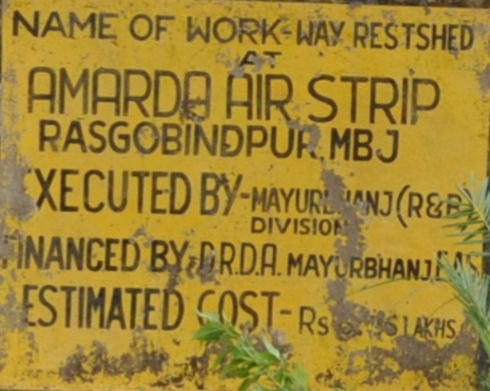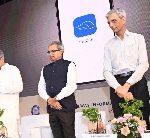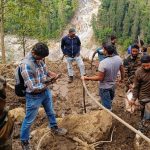Bhubaneswar: Demand for an aircraft maintenance, repair and overhaul (MRO) at Amarda Road airport in Odisha is gaining ground.
Aviation historian Anil Dhir, environmentalist and chairman of Green peace India Biswajit Mohanty, entrepreneur Debasish Patnaik, and economist Satya Panda have urged the Odisha chief minister to promote the abandoned airport of World War II time at Amarda Road in Mayurbhanj district as a major aircraft MRO in the country.
Dhir, in his letter to chief minister, has said that the union finance minister Nirmala Sitharaman, during the announcement of the Rs 20 lakh crore economic stimulus packages last month, had said that the government has plans to make India a global hub for Aircraft Maintenance, Repair and Overhaul (MRO). Quoting Nirmala Sitharaman, Dhir said “Not just civil aircraft but defence aircraft can also benefit from the MRO if we make India a huge hub.”
According to Anil Dhir, the abandoned World War II airport at Amarda Road is best suited for this purpose. Dhir, who has conducted a lot of historical research on the airfield and has written extensively on it, said that it has one of the longest runways and around 900 acres of land. Dhir said that no Indian airport has the infrastructure for setting up MRO facilities. Hangars and space are scarce and many of the airports have congestion. Setting up a greenfield project will be very expensive; the Amarda Road base can easily be activated and converted into a world class hub. Being close to the Bay of Bengal, trails and testing of aircraft will also be safer and easier, Dhir pointed out.
The Amarda Road Airfield has a short but secret illustrious history which has never been made public. It was made during the Second World War as a forward airfield against the Japanese conquest of Burma. The large strip was used as a landing ground for planes and as a training space for special bombing missions. It had the longest runway in Asia, more than 3.5 km long. The total runways, taxiways, aprons, etc. were more than 60 km. It was eventually abandoned after the war.
According to the Economic Survey for 2019-20, the annual import of MRO services by Indian carriers is around Rs 10,000 crore. With airlines’ fleet growing annually by 100, the size of domestic airline MRO is set to grow annually to Rs 21,600 crore in the next five years and to Rs 36,000 crore once the fleet size reaches 2,000 aircraft,” the Survey said.
A competitive Indian MRO industry would help Indian carriers reduce expenses on such works which are currently being done overseas. India was one of the fastest-growing aviation markets in the world, with a spiraling annual spend on Aircraft component repairs and air-frame maintenance.
The Amarda Road Airfield has a short but secret illustrious history which has never been made public. It was made during the Second World War as a forward airfield against the Japanese conquest of Burma. The large strip was used as a landing ground for planes and as a training space for special bombing missions. It had the longest runway in Asia, more than 3.5 km long. The total runways, taxiways, aprons, etc. were more than 60 km. It was eventually abandoned after the war.
According to the Economic Survey for 2019-20, the annual import of MRO services by Indian carriers is around Rs 10,000 crore. With airlines’ fleet growing annually by 100, the size of domestic airline MRO is set to grow annually to Rs 21,600 crore in the next five years and to Rs 36,000 crore once the fleet size reaches 2,000 aircraft,” the Survey said.
A competitive Indian MRO industry would help Indian carriers reduce expenses on such works which are currently being done overseas. India was one of the fastest-growing aviation markets in the world, with a spiraling annual spend on Aircraft component repairs and air-frame maintenance.







